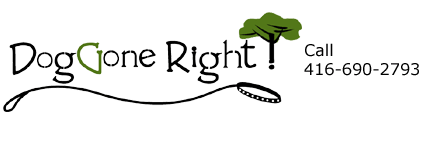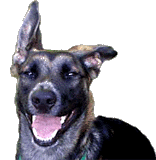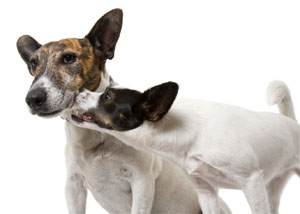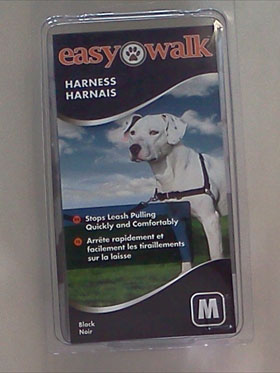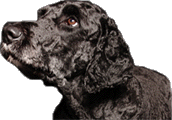Housetraining your Puppy
By Margaret Pender, Published: Apr 25, 2012
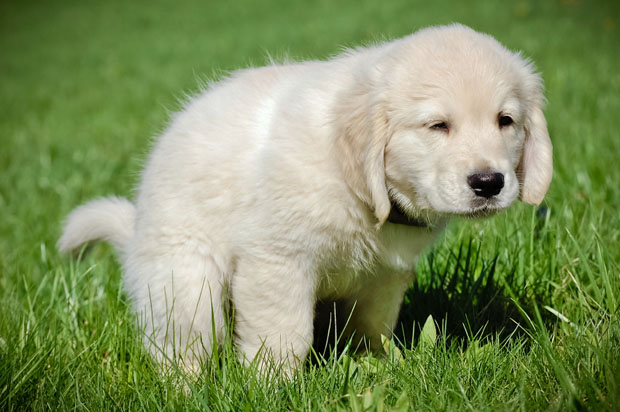
Housetraining - Introduction
Guess what? Peeing and pooping are normal, natural and necessary behaviours for puppies and dogs! Puppies who are allowed to make numerous 'mistakes' will learn that urinating and defecating where and when they please is normal and okay. Ultimately you are the only one who can teach your puppy acceptable areas to go to the bathroom.
Housetraining is really a very simple and easy process. Praise and give your puppy 3 treats when he goes to the bathroom in the appropriate area (for most people this is outside).
'Accidents' 'mistakes' or 'housesoiling' are ultimately timing problems, on your part, not your puppy's. They were either in the wrong place at the right time, for example, inside with a full bladder/bowel or they were in the right place at the wrong time, outside with empty bladder/bowel.
Successful housetraining, as well-known dog trainer Dr. Ian Dunbar says, "depends upon the owner being able to predict when their puppy needs to eliminate, being able to direct their puppy to the appropriate toilet area and then rewarding their puppy for doing the right thing in the right place".
So here we go - the dos and don'ts of housetraining your puppy.
Do's
Set up a long-term confinement area (kitchen, bathroom, exercise pen) and a short-term confinement area (portable crate).
Long-term confinement area should include:
- A short-term confinement crate
- A comfortable bed
- A bowl of fresh water
- Plenty of hollow chewtoys (stuffed with dog food)
- A doggy toilet in the farthest corner from their bed area
Short-term confinement area should include:
- A comfortable bed
- Plenty of hollow chewtoys (stuffed with dog food)
Do go with your puppy outside - run him/her on-leash to the yard while saying "hurry, hurry, hurry" or "outside, outside, outside" in an enthusiastic voice. Once outside stand perfectly still while holding the leash in your hands (for instance place your hands around your belly button) allowing your puppy to circle around you, a natural instinct for puppies/dogs, giving them approximately 3-5 minutes. Running puppies helps to stimulate their bladder and bowels and the need to eliminate. If your puppy does not eliminate, take him/her back inside and into his/her long-term confinement area. Try again 1/2 hour later. Remember to praise, praise, praise, and treat if he/she eliminates. Continue every 1/2 hour until your puppy 'goes potty' outside.
Do Praise, praise, praise and give your puppy 3 treats when he/she 'goes potty' outside while on-leash. Remember, 3 treats, not one, two or four, but 3 treats - want to know why, email info@doggoneright.ca with the subject line "3 treats" and we will respond.
Do leave your puppy in a long-term confinement area when you are not at home.
Do have a dog walker, pet sitter or neighbour come to visit your puppy once or twice a day to let them go to the bathroom, play and socialize until your puppy learns to enjoy his/her own company and entertain themselves. Puppies and dogs are social animals and leaving your puppy in isolation early in their life is unkind.
Do keep your puppy close to you, on-leash or tethered to you works best when you are at home. This gives you the opportunity to 'catch them in the act'. If you do catch your puppy you should surprise him/her with a loud, animated 'Outside, Outside, Outside,' and clapping your hands. Having your puppy on-leash keeps them close enough for you to either pick them up or encouraging them by gently pulling on the leash to the outside allowing them to eliminate outside and receiving 3 wonderful treats and praise, praise, praise for doing so.
Don'ts
Don't just let your puppy outside to 'go potty'. If you do not go along with your puppy you will not know if he/she has eliminated. Most puppies urinate within 30 seconds of waking up from a nap and defecate within a couple of minutes. So, don't wait around for your puppy to wake up, wake him up yourself and then you know everyone's timing is right!
If your puppy does not eliminate, no problem put the puppy back in his/her short-term confinement area or keep them on-leash by you and try again in half an hour. Repeat this process every hour.
Don't ever punish your puppy for a 'mistake' especially if it is after the fact. Punishing your puppy will only make them fearful. If it is after the fact - they have no idea why they are being punished.
Don't let your puppy wander around the house if you are not able to be both physically and mentally aware of where and what your puppy is doing when you are home. You must confine your puppy to their long-term confinement area, (where the doggy toilet is!) keeping him/her out of trouble, avoiding 'mistakes', and safe. Try again 1/2 hour later. If he/she does not eliminate, take them back inside and back into the long-term confinement area. Continue every 1/2 hour until your puppy 'goes' outside.
The last word on housetraining, if your puppy has an 'accident' go find the newspaper, roll it up and then bonk YOURSELF on the head with it; ultimately it is your fault because you were not watching your puppy!
